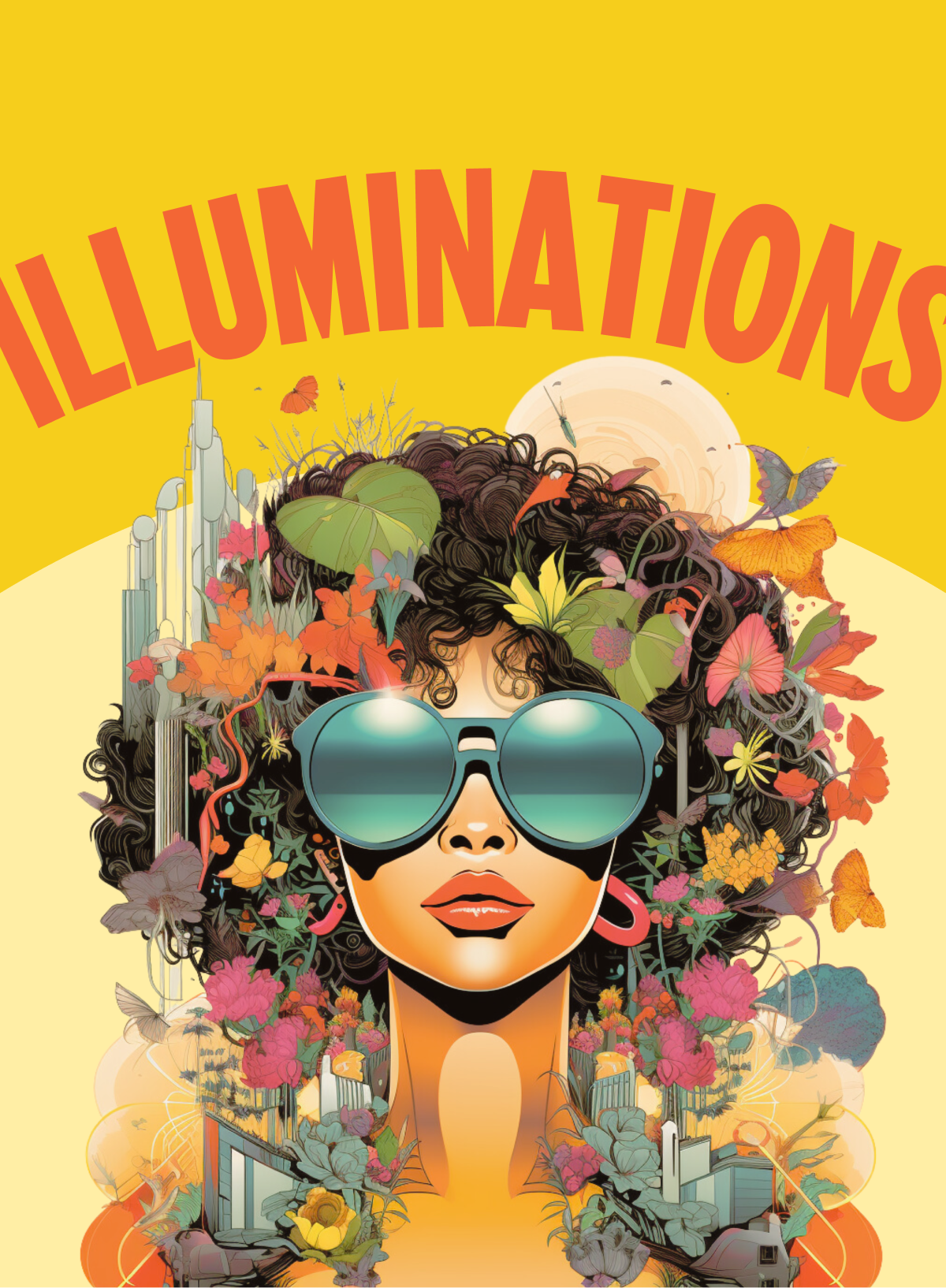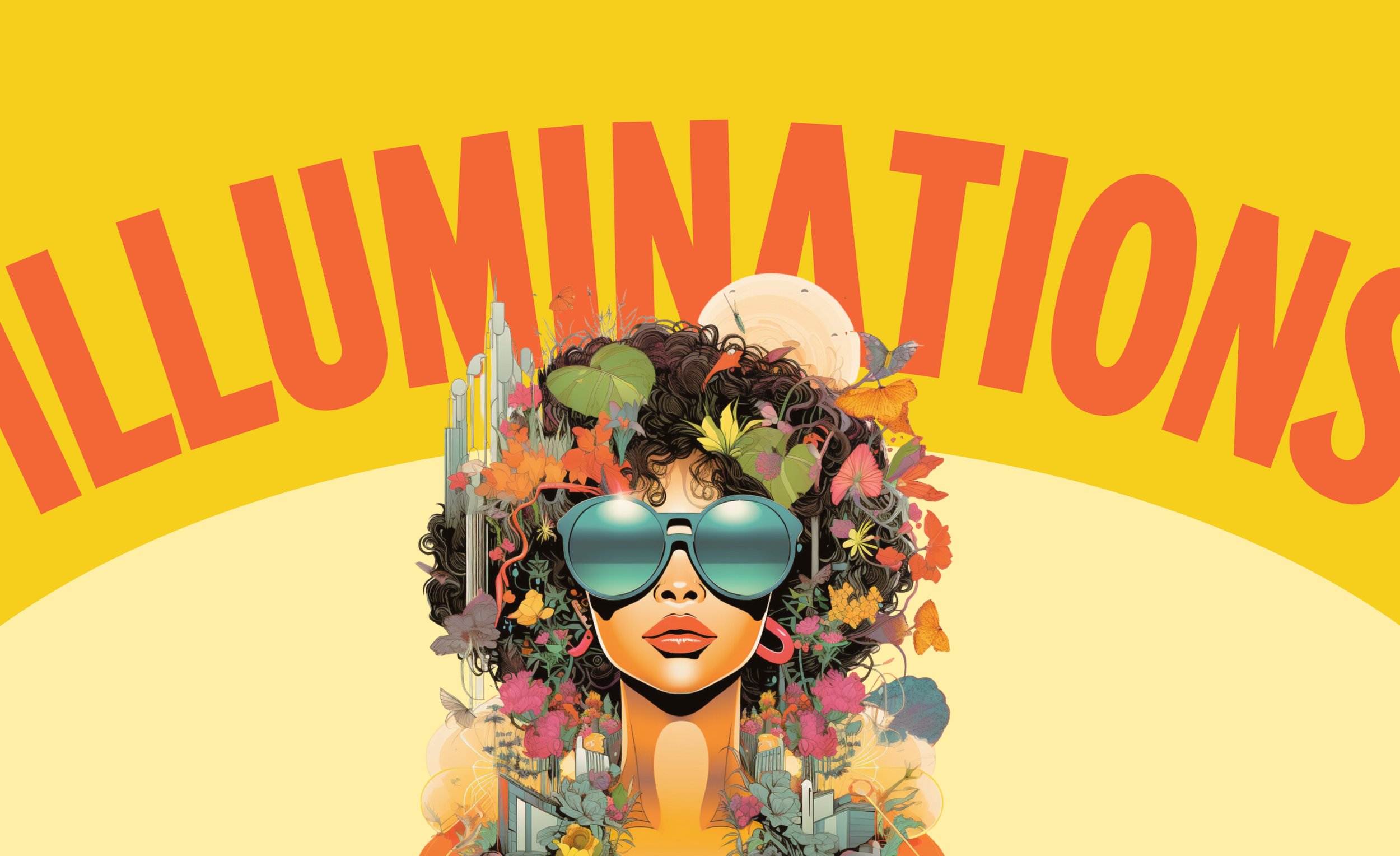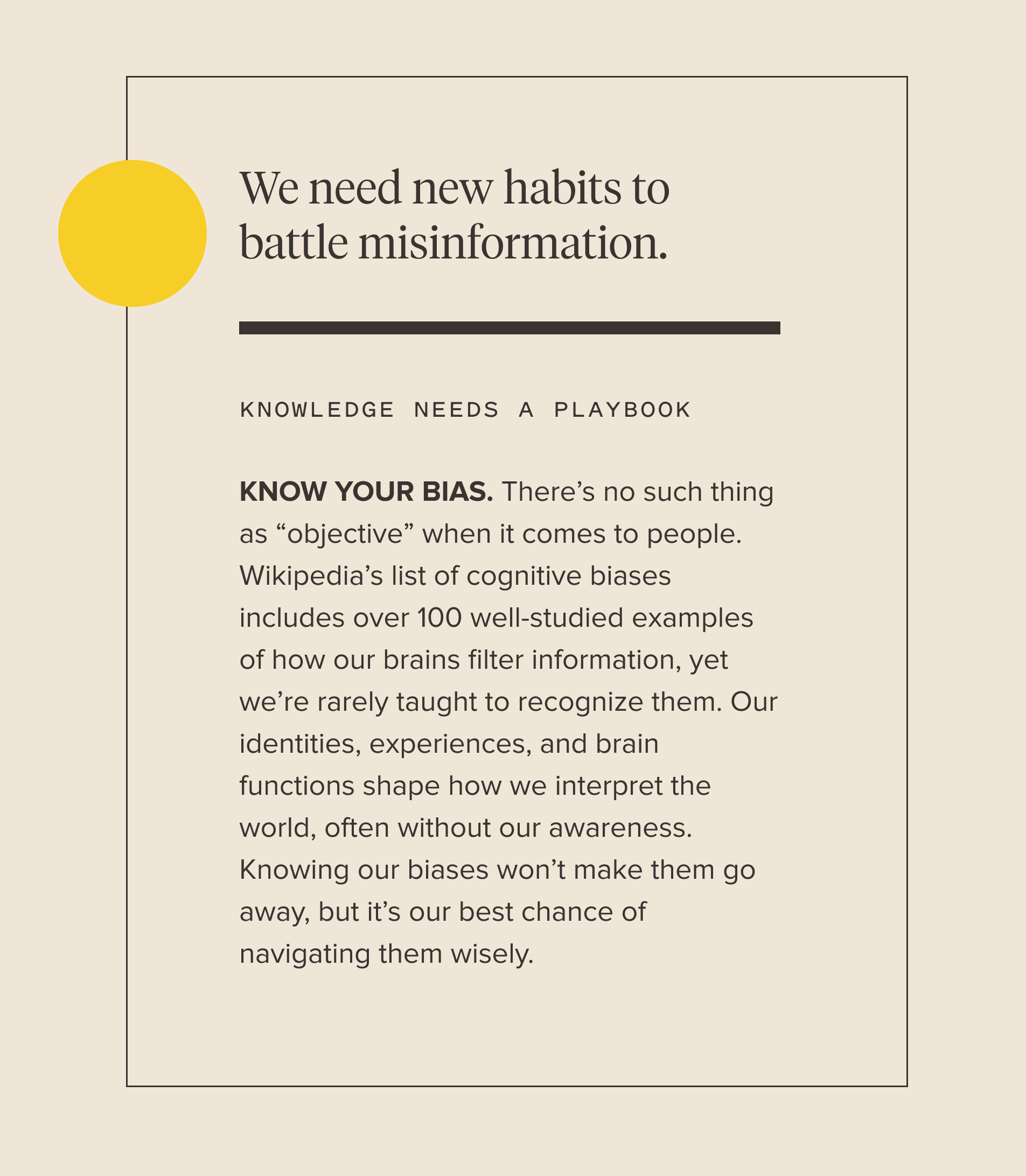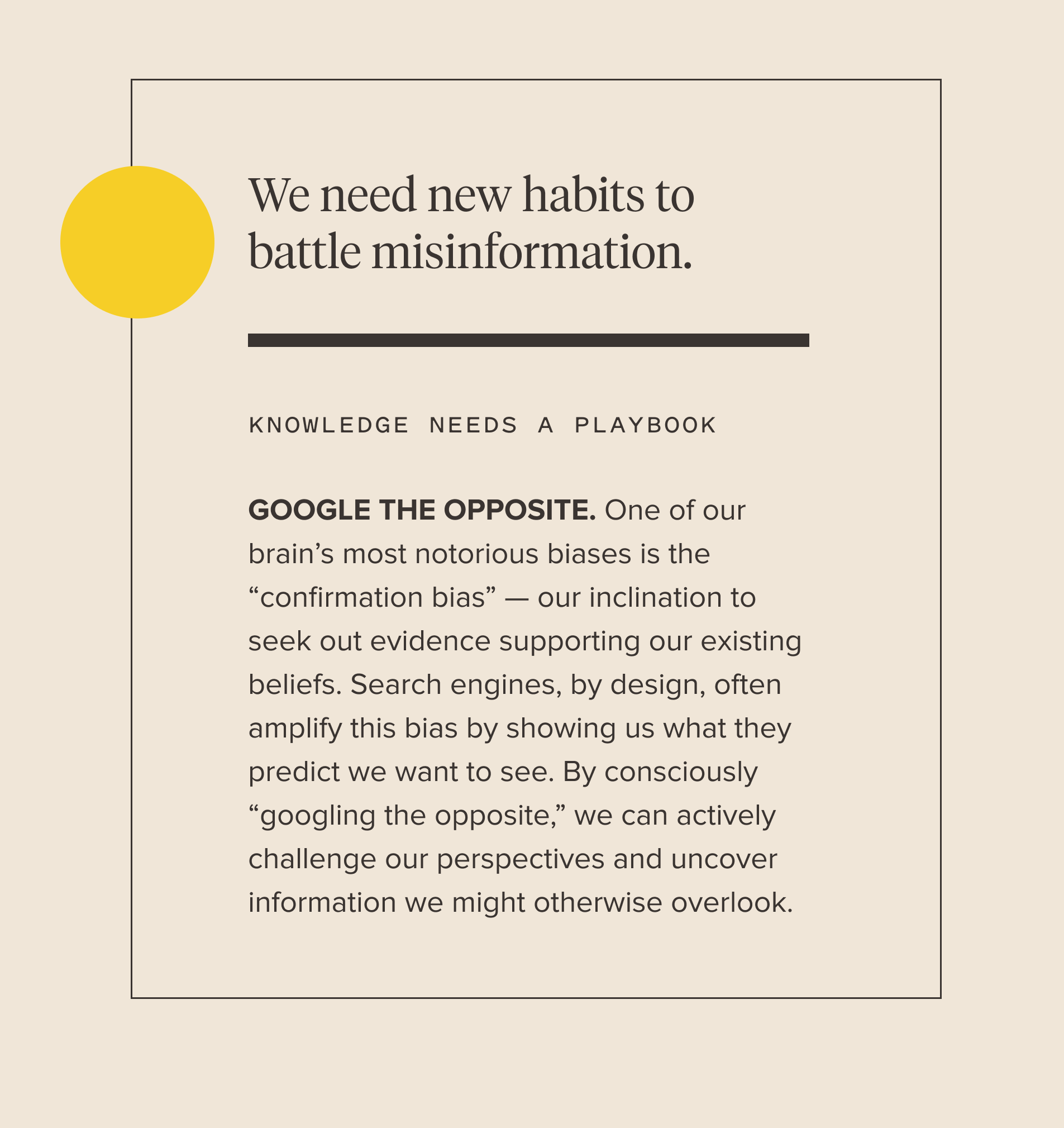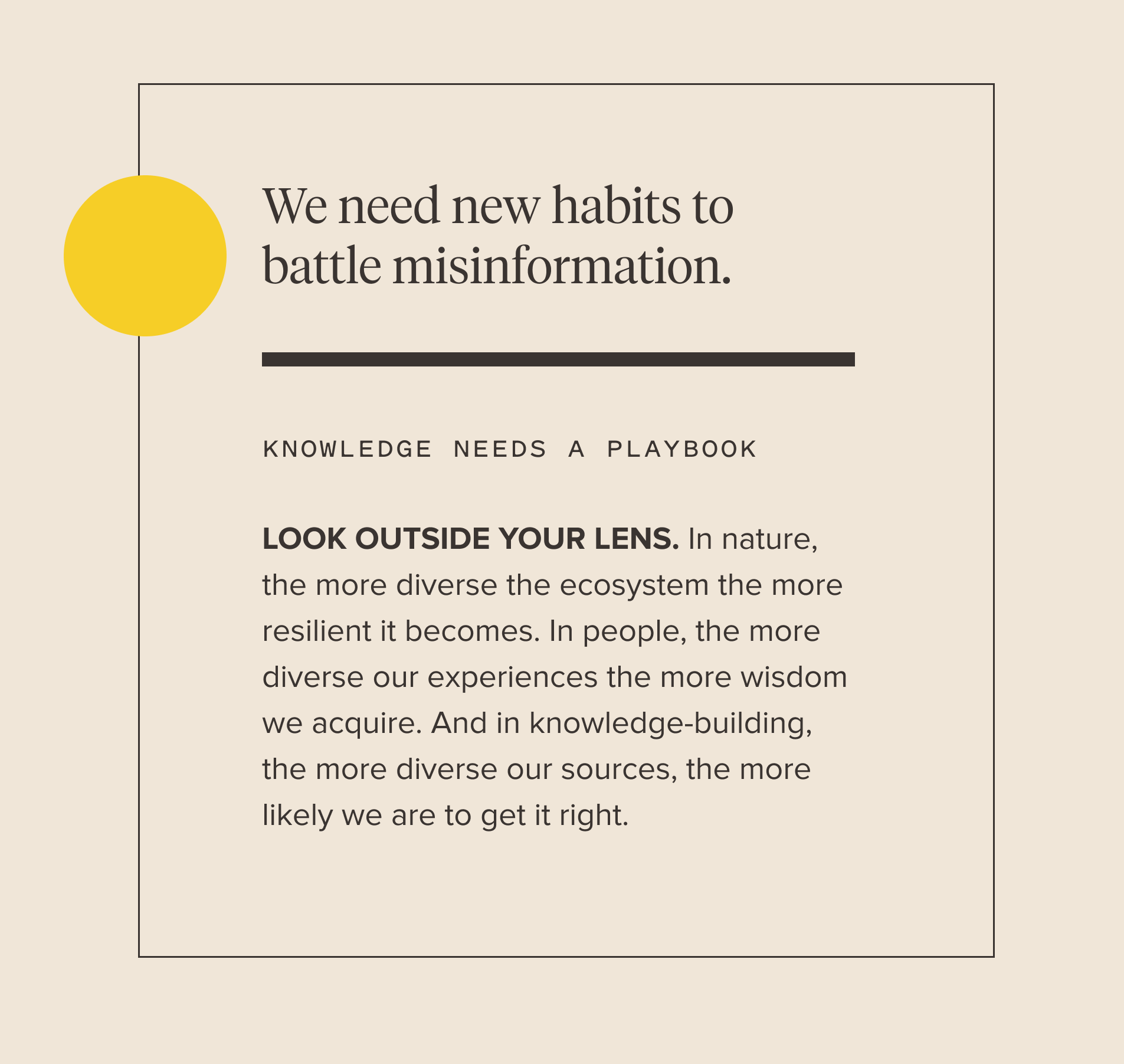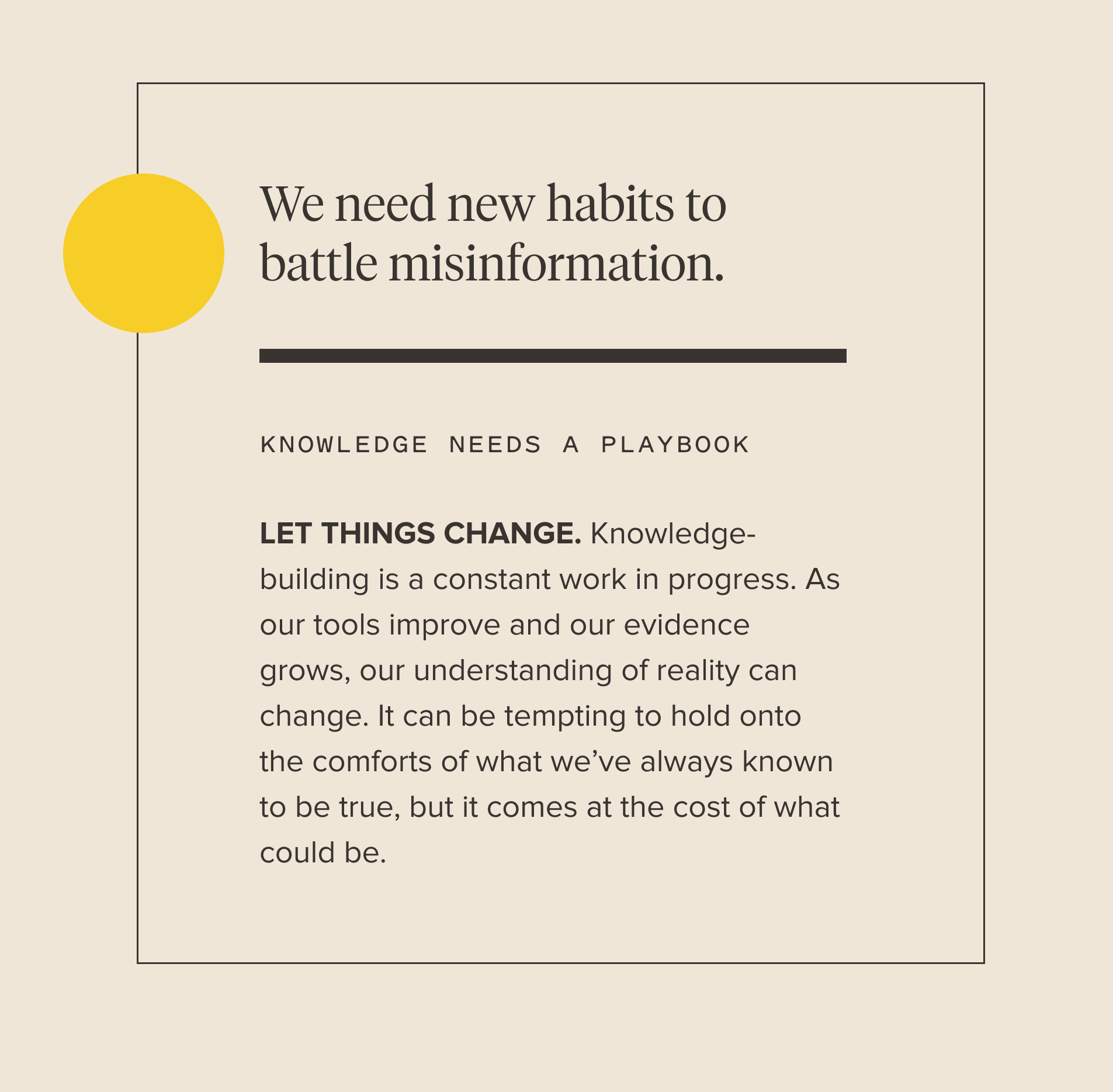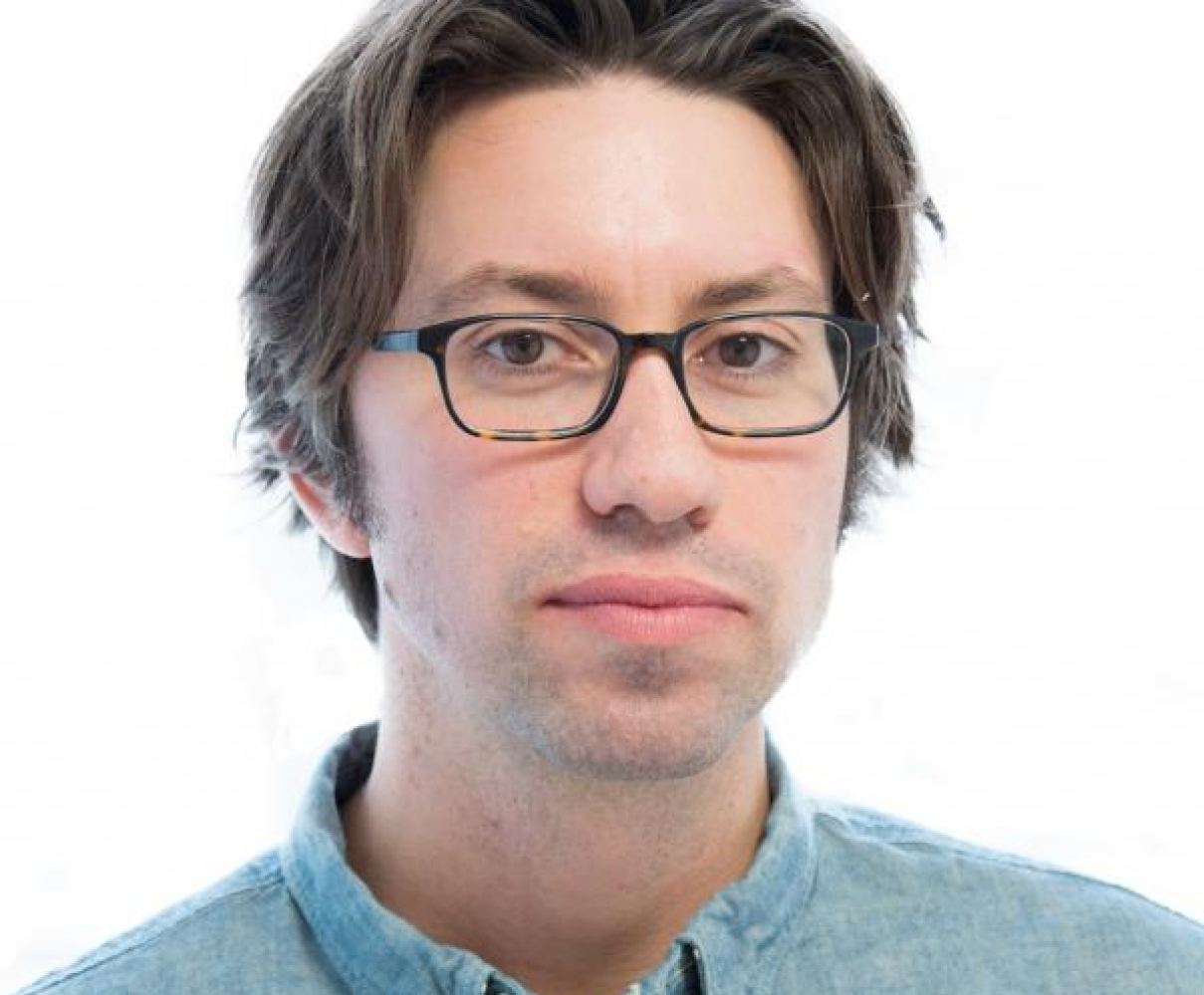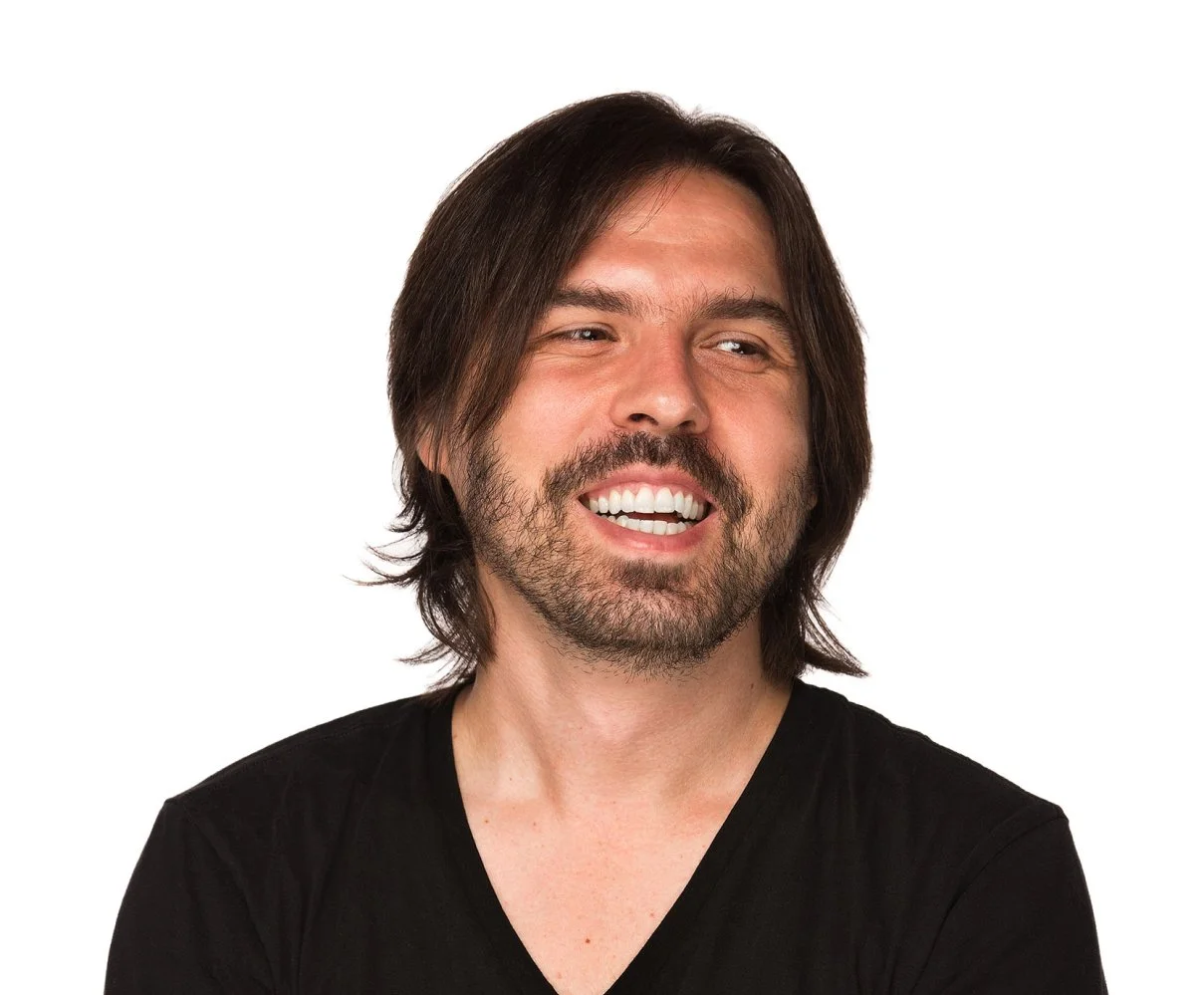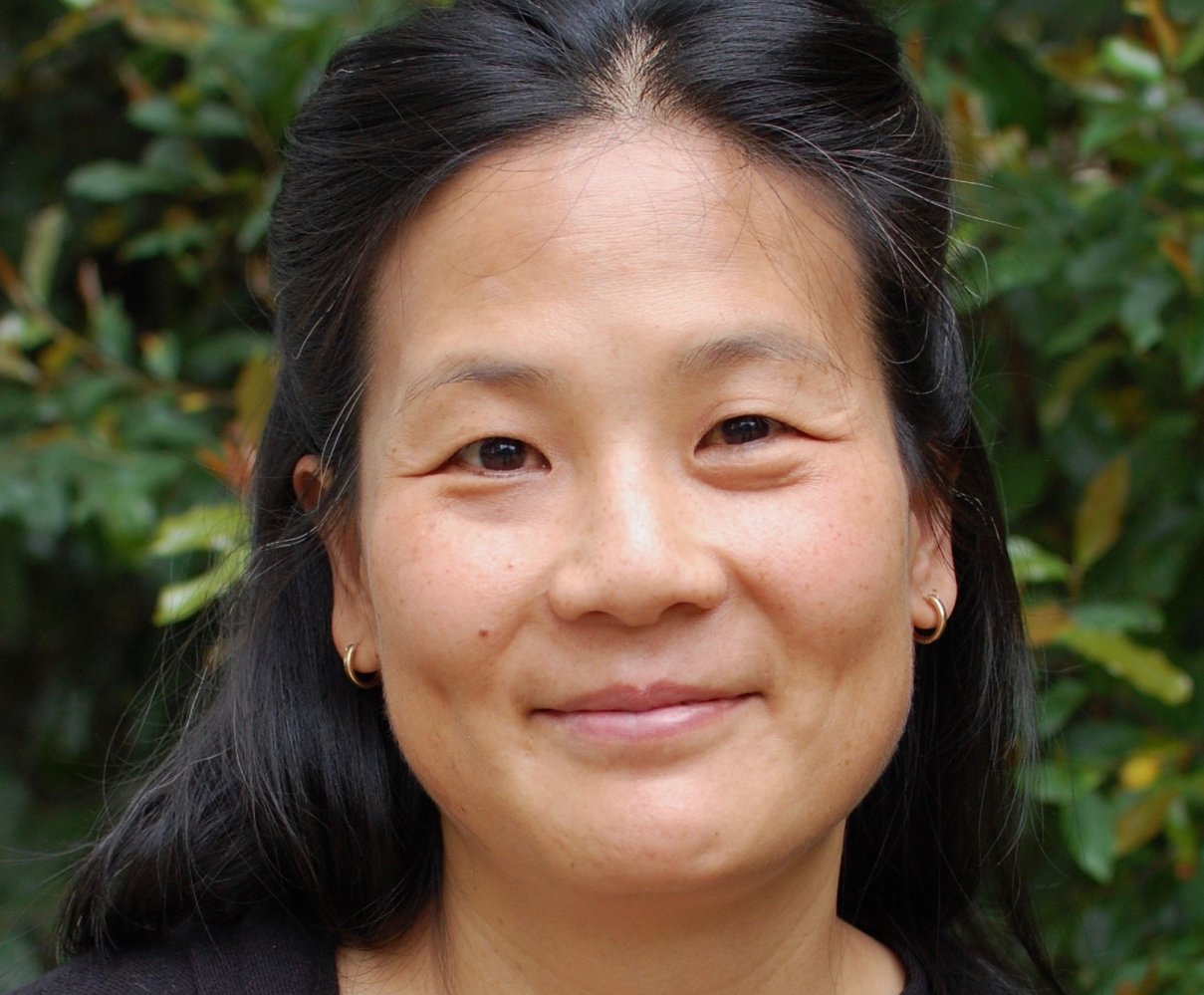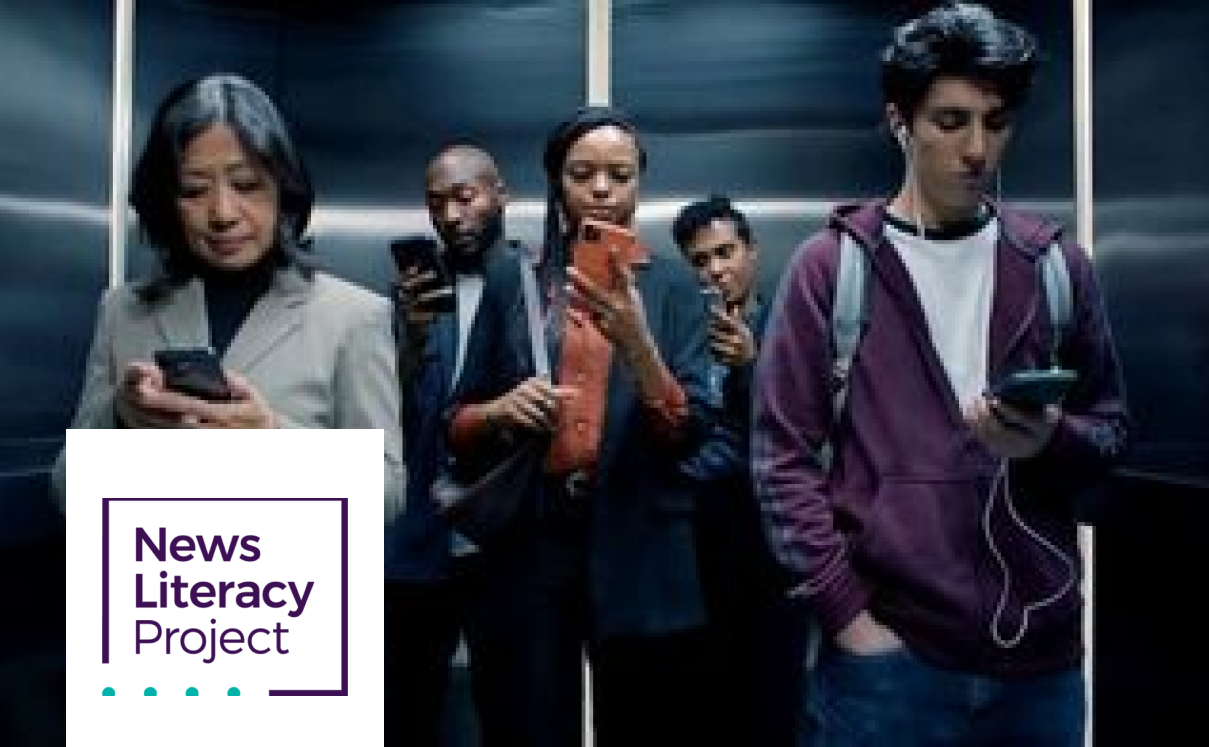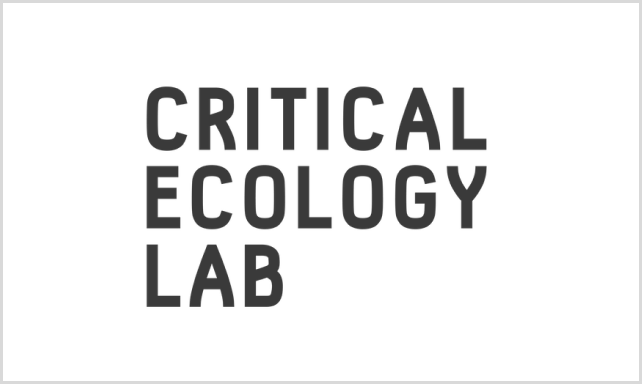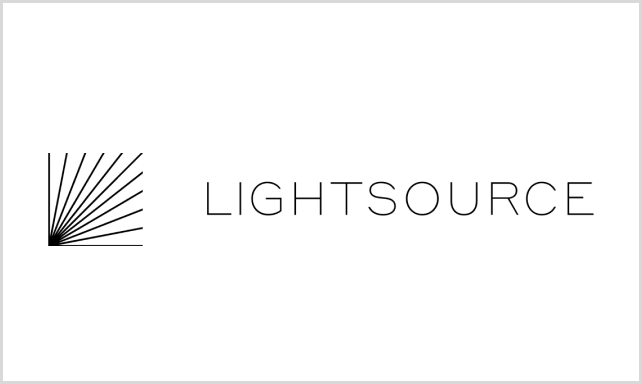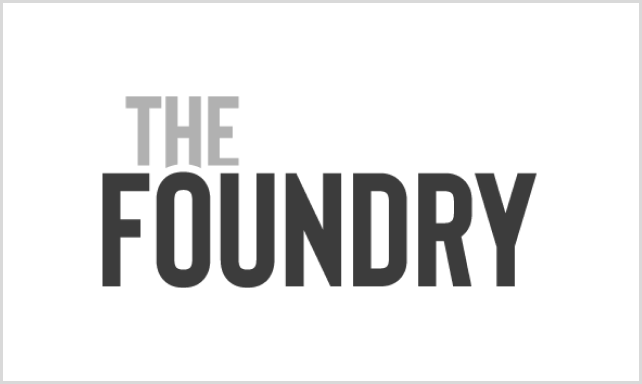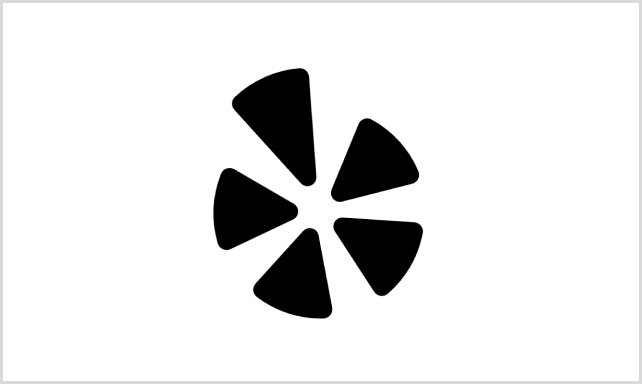BROUGHT TO YOU BY:KNOWING BETTER
LEAD ARTIST:
EYELIEN
@GUILEEMES
Without a strategy, more information doesn’t always lead to more knowledge.
While researching this show, our team had access to more information than we could ever comprehend. We spent countless hours and cups of coffee reviewing research articles, listening to podcasts, and reading popular books. We asked ChatGPT for ideas on what else to check out and talked to experts to show us what we were missing. We even pulled in a TikTok or two. And we still only scratched the surface.
We were guided by decades of combined research experience and the help of collaborators and advisors. Even then, it was (and is) often daunting to figure out where to look, what question to ask, and how to confirm which claims are credible.
Today, we're all flooded with information and misinformation, with the lines between the two often blurred by the power of media, marketing, and our own biases. We’ve entered a state of information abundance without signs of slowing down. When everything is at our fingertips with mixed signals about what is true and what is fabricated, how do we know what to trust? When credibility is clouded by social influence, how do we know who to trust? And when new knowledge can be released the same day that it was discovered, leaving little time for replication or debate, how do we know when to trust?
Our brains evolved a set of shortcuts we call “heuristics” to navigate a very different set of circumstances than the ones we have now. We became very good at finding patterns, making predictions from limited data, and trusting those we were closest to. While those skills can be powerful, today they can also lead to leaps of logic, stereotypes, and false beliefs.
The more we understand the forces that shape information both around us and within us, the more likely we are to find the shortcuts worth taking.
QUICK VIEW
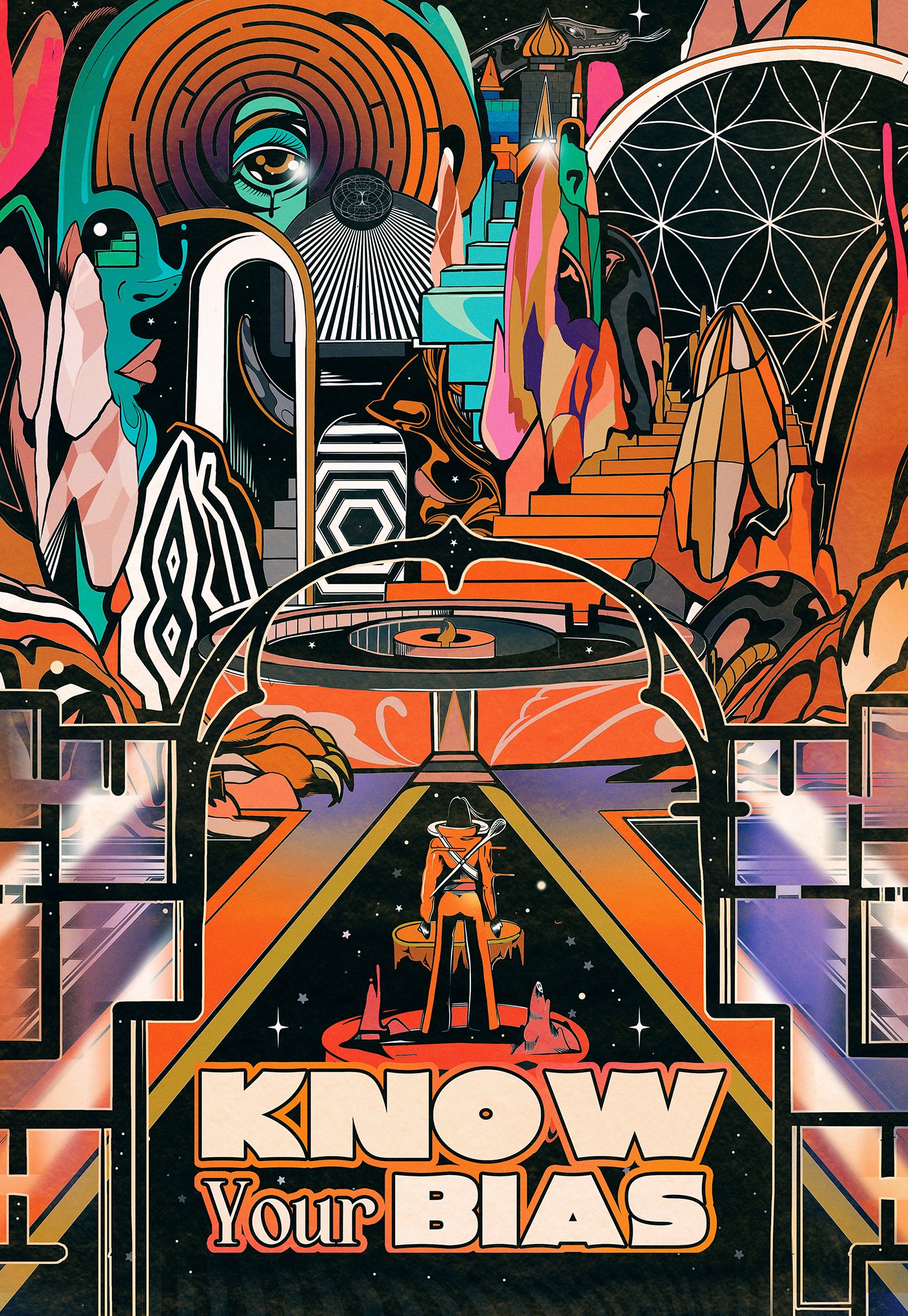
We need new habits to battle misinformation
KNOWLEDGE NEEDS A PLAYBOOK.
KNOW YOUR BIAS. There’s no such thing as “objective” when it comes to people. Wikipedia’s list of cognitive biases includes over 100 well-studied examples of how our brains filter information, yet we’re rarely taught to recognize them. Our identities, experiences, and brain functions shape how we interpret the world, often without our awareness. Knowing our biases won’t make them go away, but it’s our best chance of navigating them wisely.
The things we take, make, and throw away can leave a devastating mark on our world, yet harm isn’t our only legacy. For generations, many Indigenous communities have developed practices to nurture local ecosystems. Emerging technologies allow us to choose sustainability on a grand scale. In our deeply interconnected world, our choices — both harmful and helpful — change everything.
“KNOWING BETTER” card decks coming soonREFLECT
Can you think of a situation where your biases influenced your perception of a person or situation? How might becoming more aware of your biases have changed your interpretation?
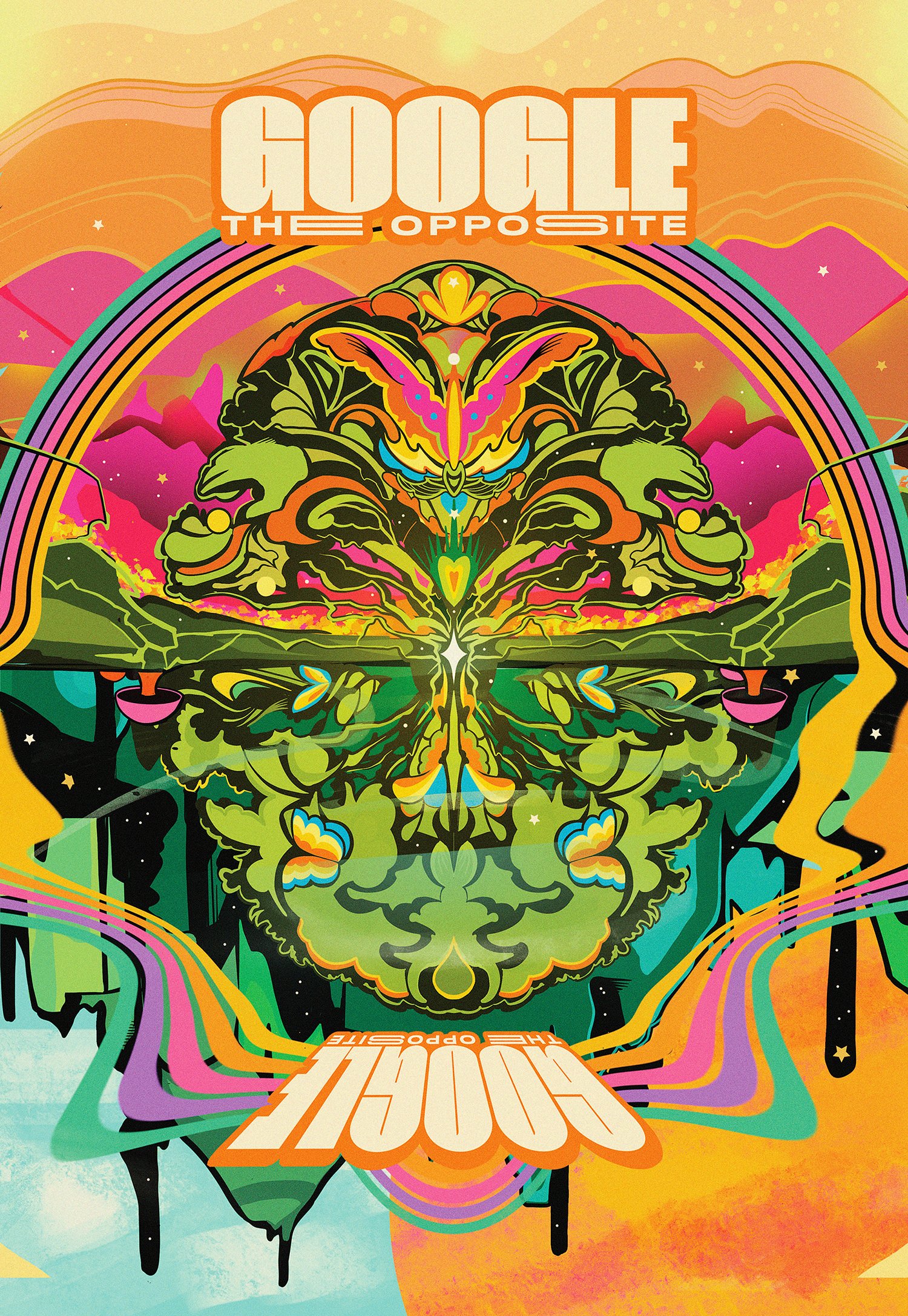
We need new habits to battle misinformation
KNOWLEDGE NEEDS A PLAYBOOK.
GOOGLE THE OPPOSITE. One of our brain’s most notorious biases is the “confirmation bias” — our inclination to seek out evidence supporting our existing beliefs. Search engines, by design, often amplify this bias by showing us what they predict we want to see. By consciously “googling the opposite,” we can actively challenge our perspectives and uncover information we might otherwise overlook.
“KNOWING BETTER” card decks coming soonREFLECT
Have you ever encountered information that contradicted your beliefs, but you dismissed it without further investigation?

We need new habits to battle misinformation
KNOWLEDGE NEEDS A PLAYBOOK.
LOOK OUTSIDE YOUR LENS. In nature, the more diverse the ecosystem the more resilient it becomes. In people, the more diverse our experiences the more wisdom we acquire. And in knowledge-building, the more diverse our sources, the more likely we are to get it right.
“KNOWING BETTER” card decks coming soonREFLECT
Think of a specific instance where engaging with someone from a different background or viewpoint changed your perspective on an issue.
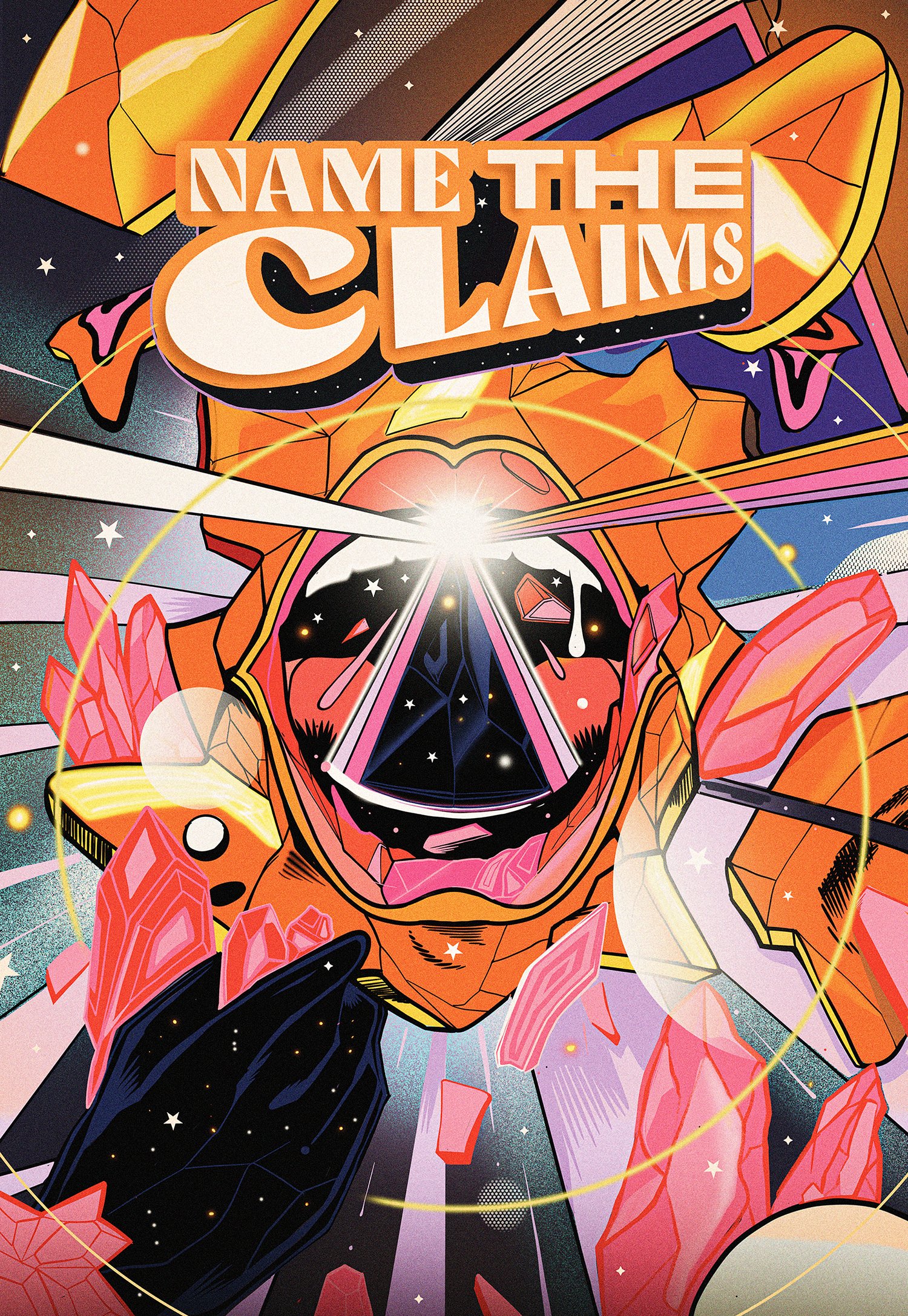
We need new habits to battle misinformation
KNOWLEDGE NEEDS A PLAYBOOK.
NAME THE CLAIMS. Our culture often encourages “us vs. them” thinking, especially in the realm of ideas. This mindset can push us into corners, leading to sweeping generalizations instead of testable claims. By breaking down our beliefs into specific claims, we can clarify exactly where we do (and don’t) agree.
“KNOWING BETTER” card decks coming soonREFLECT
How can breaking down your beliefs into specific claims help clarify the points of contention and facilitate more productive conversations?
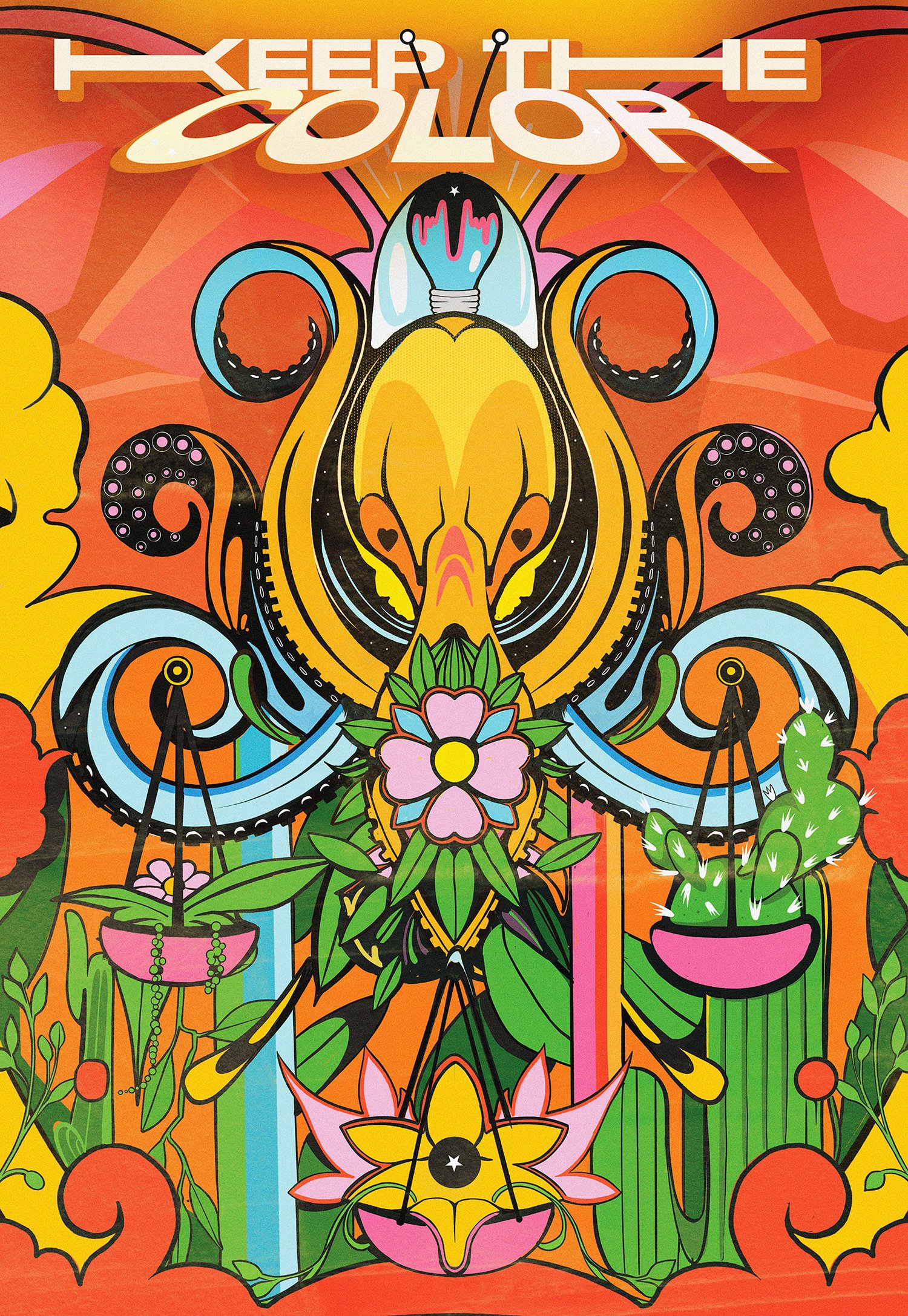
We need new habits to battle misinformation
KNOWLEDGE NEEDS A PLAYBOOK.
KEEP THE COLOR. We crave certainty, but knowledge rarely fits into “true” or “false” boxes. Black and white thinking erases nuance, loses complexity, and dismisses the possibility of multiple truths.
“KNOWING BETTER” card decks coming soonREFLECT
How might embracing the complexity and nuance of topics, rather than seeking simple "true" or "false" answers, enhance your understanding?
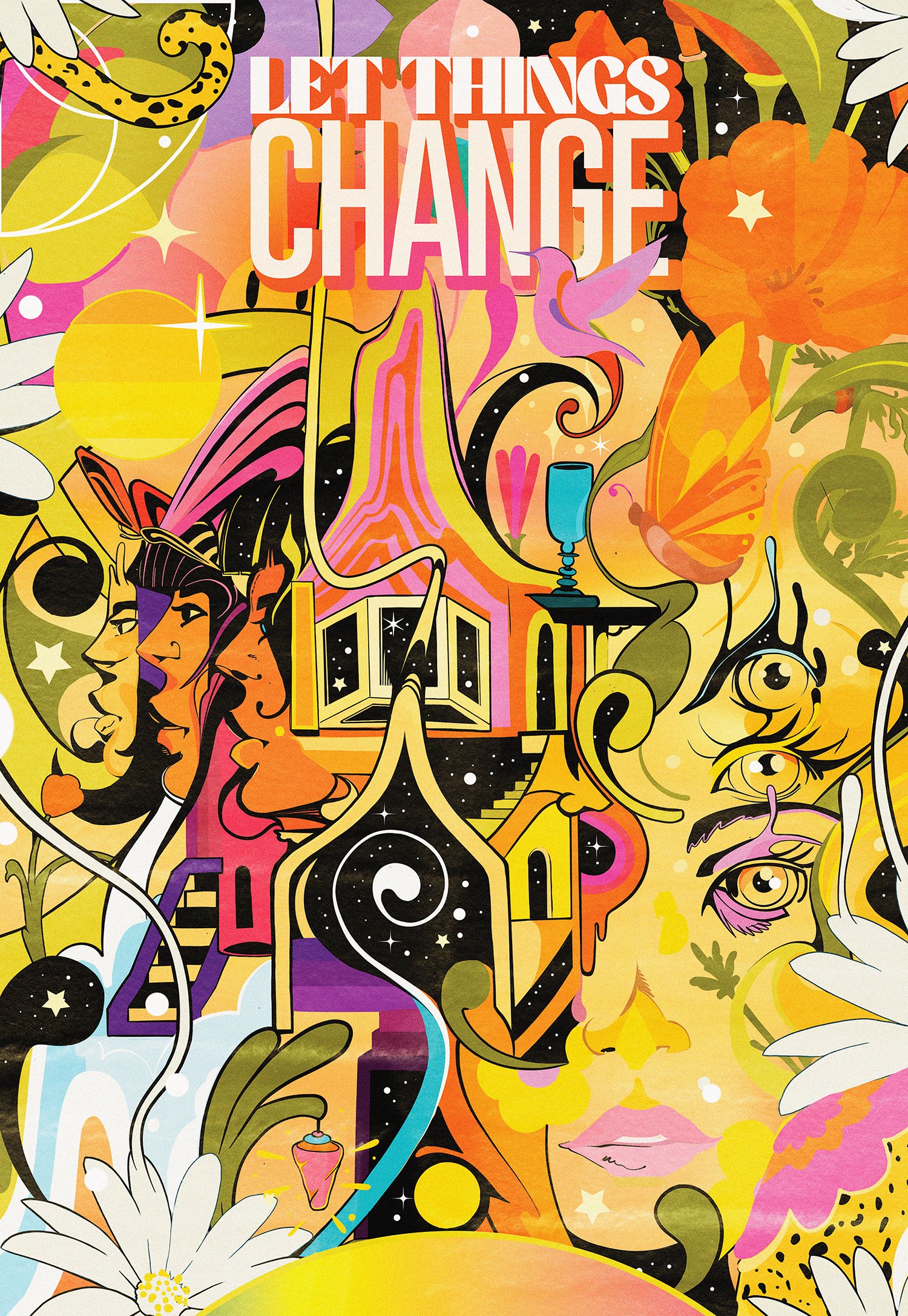
We need new habits to battle misinformation
KNOWLEDGE NEEDS A PLAYBOOK.
LET THINGS CHANGE. Knowledge-building is a constant work in progress. As our tools improve and our evidence grows, our understanding of reality can change. It can be tempting to hold onto the comforts of what we’ve always known to be true, but it comes at the cost of what could be.
“KNOWING BETTER” card decks coming soonREFLECT
Consider a time when new evidence or information challenged something you previously thought to be true. How did you respond to this challenge, and what did it teach you about the nature of knowledge and learning?

Break down your claims.
At The Plenary, Co., we developed a concept we call “conceptual granularity”. It’s our ability to take a big idea and break it down into all of its testable parts. If we took GMOs as the topic, for example, we might break it into “ethics”, “culture”, “safety”, “environment”, “economics”, etc. and then work towards building perspectives on each one.
The goal is to break out of black and white thinking and get specific about exactly what nuances of a claim we agree or disagree with. Many evidence-based topics are too complicated to be fully “pro” or fully “against”, so this is an exercise to practice holding complex beliefs. Fill out the diagram below with a belief you hold, then break it into its different parts. After doing a little research, see if you feel differently about each.
BRING HOME THE EXHIBIT
SIGNATURE SCENT
Aloe, Agave, Green Florals, PatchouliWe partnered with Casita Michi to create custom, limited edition candles inspired by the themes of each exhibit.
SIGNATURE COCKTAIL
rittenhouse rye, meletti, campariThe baristas at The Foundry created custom cocktails (and mocktails) inspired by the themes of each exhibit. Incorporate their recipes into your home gatherings to get a taste of the exhibit.
MEDIA RESOURCES
What to check out next.
WORD BANK
“As an educator, I always come back to this: We can all learn how to think better to make better decisions. People often assume that they already know how to think critically…they’ve been thinking their entire lives, after all.
But left on autopilot, our brains are emotional [and] biased.”
— MELANIE TRECEK-KING
CREATOR OF THINKINGISPOWER.COM
“KNOWING BETTER” contributor

SCIENCE SPOTLIGHT
Spreading rumors with confidence.
Most people spread rumors by accident, believing information to be true and sharing it with others. Adding to their ability to spread like wildfire, the weird phenomenon of source misattribution can trick us into falsely supporting rumors. Researchers Fragale and Heath conducted three studies that show that when people strongly believe something to be true, they can often miscredit the information to a reputable source, even without realizing it.
The first study used information from urban legends on food contamination presented to people in either the tabloid, National Enquirer, or fact-based print source, Consumer Reports. The researchers presented the information to subjects either two times or five times. When presented five times, people were 62% more likely to think the information came from Consumer Reports, showing how familiarity of information manipulates if you believe it to come from a credible source.
The second study used fictional information about a 20-year old murder investigation with two suspects presented as two newspaper stories, one from a made up local tabloid and one from a made up news source. After reading the article, the researchers then told the participants that one of the suspects had recently been convicted. People were more likely to attribute information accusing the convicted suspect to the credible source even if it came from the tabloid source. This study showed that people’s belief force was able to invoke a credible source.
The third study asked people to populate sources on their own for information about food allergies. People assumed their beliefs to be true and attributed information that supported their beliefs to highly credible sources. They attributed information they did not believe to be true to non-credible sources.
Every day, people consume conflicting information. We may think we choose what we believe based on the credibility of the source, but often it’s the persuasiveness of the message or our own preconceived beliefs steering us. Unless we’re careful, when asked if we fact checked our claims from a credible source, our beliefs may be more likey to determine the answer than the actual trustworthiness of wherever we got it from.
[1] Fragale, Alison R., and Chip Heath. "Evolving informational credentials: The (mis) attribution of believable facts to credible sources." Personality and social psychology bulletin 30.2 (2004): 225-236.
FIELD SPOTLIGHTS
There are many leaders in the conversation and study of bias and information. Here are a few of the folks who inspire us across fields.
Follow the conversations
We’ve compiled lists of leaders in the space. While we can’t be responsible for what they say, we wanted to share a list of people that came up in our research.
Insider Insights
Takeaways that stuck with us from contributing experts.
REAL TALK
Ideas for action.
A lot of the challenges around information in society require collective solutions, and many of them are fueled by policy and culture. But we talked to the experts about what you can do, too.
FACT CHECK YOURSELF.
By holding media outlets, public figures, and organizations accountable for accurate reporting, fact-checking supports the functioning of a healthy democracy and protects consumers from fraudulent claims. It cultivates critical thinking, debunks myths, and fosters trust in reliable information sources, ultimately contributing to a more informed, responsible, and trustworthy information ecosystem. Check out “Snopes” or try googling the opposite.
DIVERSIFY YOUR SOURCES.
Diversifying your sources involves seeking information from a wide range of reputable and varied outlets, including different news sources, academic journals, books, and experts. By doing so, you can gain a more comprehensive and balanced understanding of a topic, reduce the risk of bias, and enhance your critical thinking skills.
GET TO KNOW YOUR BRAIN.
Understanding how your brain works is crucial for making informed decisions about your health, behavior, and cognitive abilities. It helps you anticipate where you may take shortcuts, fall into traps, or get stuck in your own cognitive biases.

ORG SPOTLIGHTS

THE ARTIST
Eyelien (Gui Lemes) is a Brazilian graphic artist and designer who spends his time between Las Vegas and San Francisco. He has become a popular muralist known for his vibrant and emotive murals along the West Coast. His depth of curiosity and inquiry played a powerful role in co-creating the Knowing Better exhibit and live murals.
THANK YOU TO OUR CONTRIBUTORS
In addition to the countless authors and creators whose work we reviewed, we wanted to thank the experts who took the time to formally share their thoughts with us. While they’re not responsible for anything we got wrong, they may be responsible for a lot of what we got right!
Charles Fadel, Founder of Center for Curriculum Redesign
Maya Bialik, Educator and researcher
Melanie Trecek-King, Associate Professor of Biology, Massasoit Community College
John Cook, Senior Research Fellow, University of Melbourne
Sara Yeo, Associate Professor, University of Utah
ILLUMINATIONS WAS MADE POSSIBLE BY:COMMUNITY PARTNERS:SUSTAINING PATRONS:Andrew Watson
Camilla Rockefeller
David Kelley
Hillari & Michael Sasse
Wendi Zhang
CONTRIBUTORS:Astrid Countee, Research Associate
Camille Rose, Photographer
Crystal Dilworth, PhD, Board Member
Daniel Aguirre, Community Organizer
Esther Knox-Dekoning, Web Designer & Developer
Erick Salazar, Videographer + Photographer
Lindsay Newey, Animator
Kathleen Sheffer, Photographer
Maya Bialik, EdM, Board Member
Melissa Pappas, Arts & Exhibits Collaborator
Michelle Paull, Strategic Advisor
Sam Galison, Design Engineer
Samuel Knox, Software Developer
Stacey Baker, Research Associate
VOLUNTEERS:Alex Collins
Amanda Vera
Ana Ostrovsky
Andrew Graves
Bo Bradrich
David Kelley
Hillari Fine Sasse
Jimmy Maley
Kim Pedersen
Kim Tereco
Marques Jackson
Mauri Sanchez
Melissa Pappas
Michael Sasse
Negin Hemati
Pam Pedersen
Sandy Delgado
Spencer Kerber
Su Chon
Tracy Silver
Victoria Becker
Zoe Austin
THE PLENARY, CO. TEAM:Stephanie Fine-Sasse, Founder + Director
Ashley Cortés Hernández, Clubhouse Director
Christine La, Community Content Director
Samar Ibrahim, Community Engagement Manager

